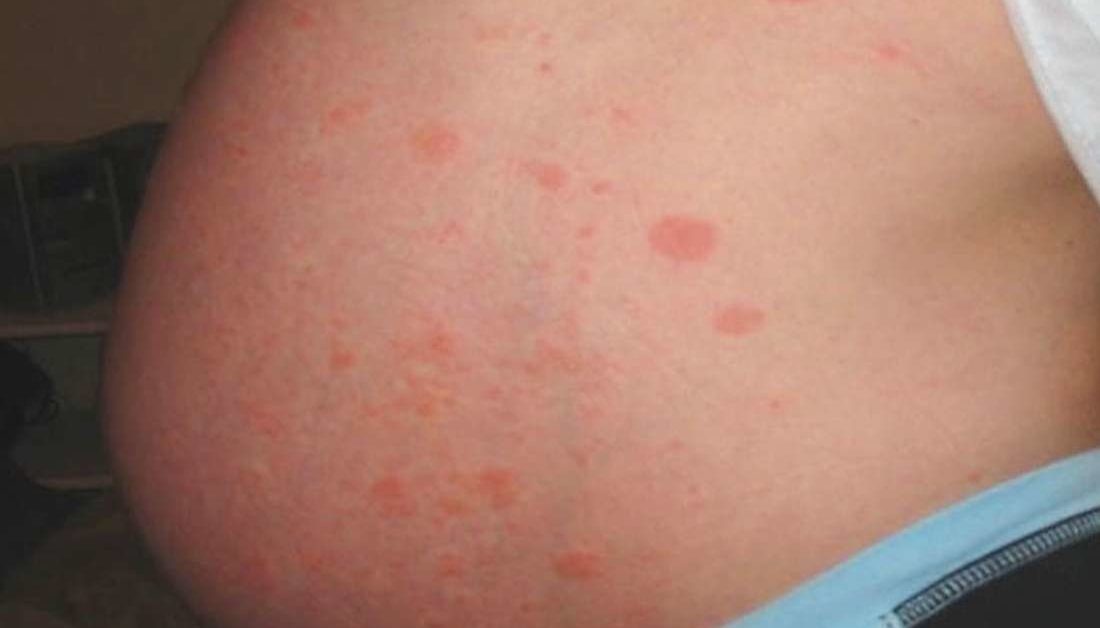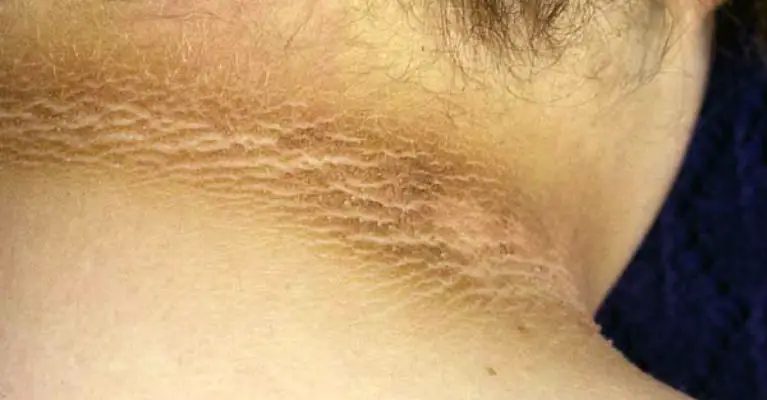

More severe cases may be treated with antifungal pills, notes the Mayo Clinic. Once diagnosed, ringworm is treated with topical antifungal creams or ointments that are available over the counter or through a prescription. To diagnose ringworm, doctors may take a skin sample to view under a microscope, though they may also be able to diagnose just by looking at it, according to the Mayo Clinic. Symptoms, which include itchy, red, and cracked skin that’s sometimes accompanied by hair loss, typically appear between 4 and 14 days after coming into contact with the fungus, according to the CDC. Rather than a worm, a contagious fungal infection that lives on skin, surfaces, or items like towels, clothes, and bedding causes ringworm.

Ringworm, also known as “tinea” or “dermatophytosis,” has nothing to do with a worm, but the "ring" part of its name comes from the fact that it can cause a ring-shaped rash that’s red and itchy, according to the Centers for Disease Control and Prevention (CDC).


 0 kommentar(er)
0 kommentar(er)
